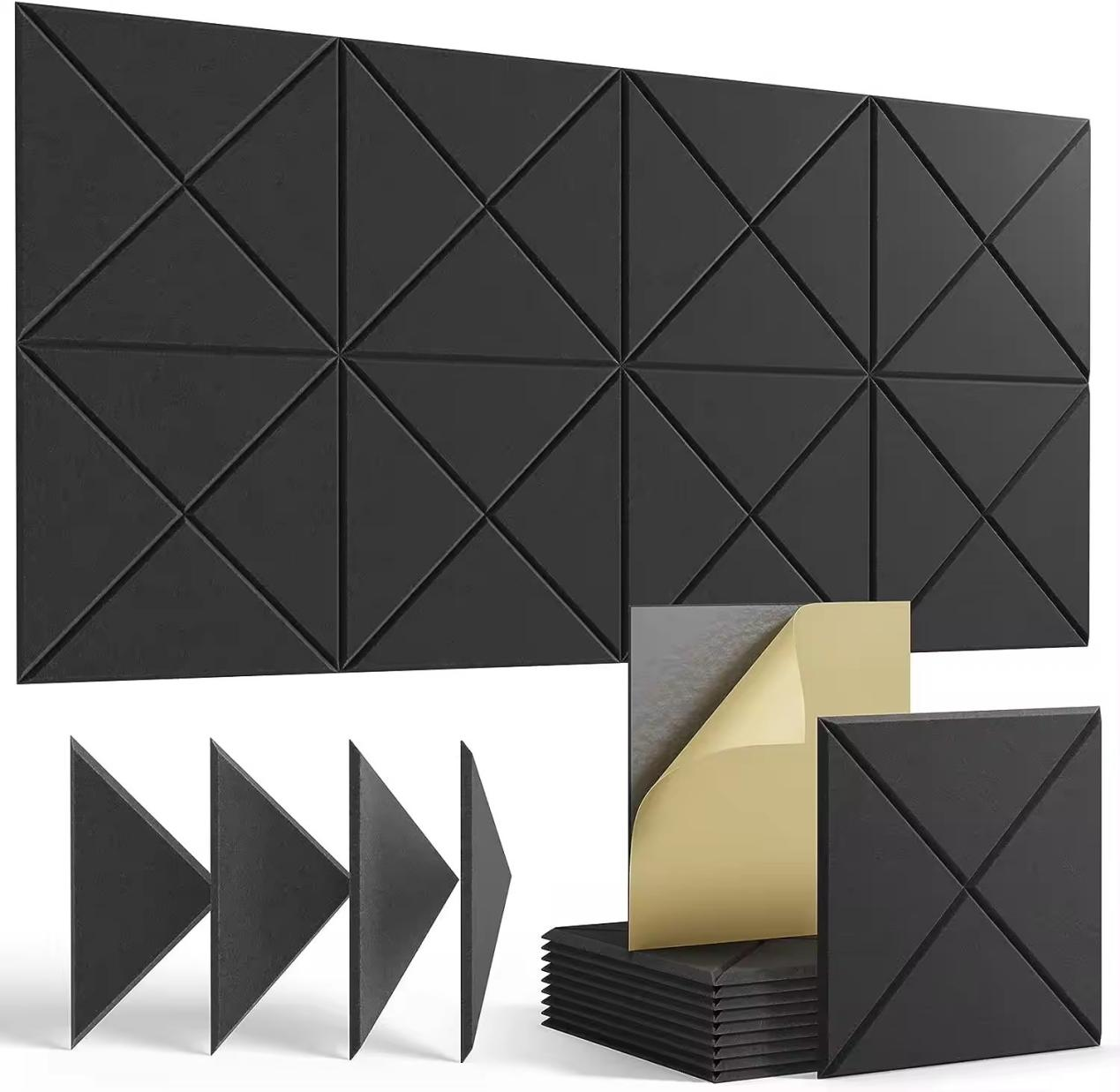The Versatile World of Wood Wool Panels
In the realm of sustainable building materials, wood wool panels are garnering increased attention for their eco-friendly properties and versatility. These innovative panels, made from natural wood fibers, have emerged as a popular choice for architects, designers, and builders who prioritize sustainability without sacrificing aesthetics or functionality.
Wood wool panels are created by bonding wood shavings with a binding agent, often using a combination of cement and other natural materials. This unique composition not only retains the natural beauty of wood but also enhances the material's strength and durability. The panels offer a lightweight yet robust alternative to traditional building materials, making them suitable for various applications ranging from interior walls to exterior cladding.
One of the standout features of wood wool panels is their remarkable sound-absorbing qualities. Due to their fibrous structure, these panels can effectively reduce noise levels in both residential and commercial spaces. This property makes them an excellent choice for offices, schools, and other environments where acoustics play a critical role in comfort and productivity. By incorporating wood wool panels, designers can create serene spaces that foster focus and creativity.
wood wool panels

In addition to their acoustic benefits, wood wool panels also contribute to improved indoor air quality. The natural fibers used in their production allow for moisture regulation, which can help prevent the buildup of mold and mildew. Furthermore, unlike many synthetic materials, wood wool panels do not release harmful volatile organic compounds (VOCs), ensuring a healthier living environment. This focus on sustainability and health aligns with contemporary trends in green building practices, making wood wool panels a sought-after option.
From an aesthetic standpoint, wood wool panels present a wide range of design possibilities. Available in various finishes and colors, they can enhance both modern and traditional architectural styles. The unique texture of wood wool adds depth and warmth to interiors, offering a natural touch that can complement various decor themes. Architects and designers appreciate the versatility of these panels, allowing them to unleash their creativity and redefine spaces.
Moreover, the production process of wood wool panels is generally regarded as environmentally friendly. By utilizing wood waste and byproducts, manufacturers contribute to a circular economy that minimizes waste and conserves natural resources. This aligns with the growing demand for sustainable construction practices, making wood wool panels a responsible choice for eco-conscious builders.
In conclusion, wood wool panels exemplify the perfect blend of sustainability, functionality, and aesthetics. As the construction industry continues to evolve towards greener practices, these panels are poised to play an essential role in shaping the future of building materials. With their sound-absorbing properties, moisture regulation, and natural beauty, wood wool panels offer a compelling solution for modern architecture. As more people embrace eco-friendly designs, wood wool panels will undoubtedly find their place at the forefront of innovative building solutions.
